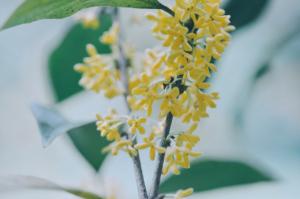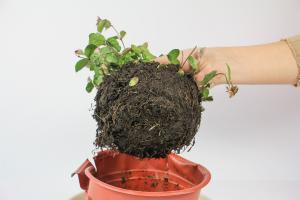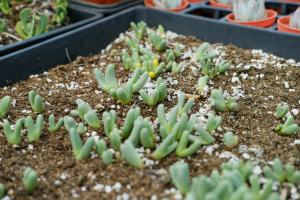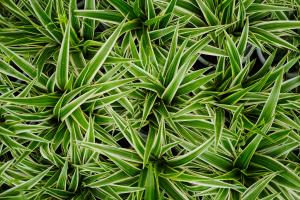How to Cut Back Plants in the Water of Your Pond
If you have a pond in your backyard, you know how important it is to maintain it properly. One of the key components of pond maintenance is keeping the plants in the water under control. Overgrown plants can cause a variety of problems, including excess shading, reduced oxygen levels, and nutrient build-up. In this article, we’ll discuss how to cut back plants in the water of your pond to keep it healthy and beautiful.
Why Cut Back Water Plants?
Before we get into how to prune water plants, it’s important to understand why you need to do it. Overgrown plants can quickly take over a pond, making it look unattractive while creating a host of problems for your fish and aquatic life. When plants grow too densely, they can block sunlight from reaching the bottom of the pond, starving other plants and even fish of the oxygen they need to survive.
Overgrown plants can also contribute to the build-up of organic matter in your pond, which can lead to algae blooms and unpleasant smells. By cutting back plants in the water, you can prevent these issues from occurring and ensure that your pond stays healthy and vibrant.
When to Cut Back Water Plants
The best time to cut back water plants will depend on the specific type of plant. However, in general, it’s best to prune your plants in the early spring or fall when the water is still relatively warm. This will give your plants plenty of time to recover and regrow before temperatures drop too low or climb too high.
It’s also important to prune plants before they start to die back for the winter. If you wait too long, you may end up damaging the plant or creating more work for yourself next season.
How to Cut Back Water Plants
Cutting back water plants is a relatively simple process that can be accomplished with a few basic tools. You’ll need a pair of sharp scissors or pruning shears, a bucket, and a net to remove any debris from the water.
Before you start cutting, it’s important to take a good look at your plants and decide which ones need to be pruned. Remove any dead or damaged leaves, stems, or flowers first, and cut them back to the base of the plant.
For healthy plants that are simply overgrown, trim them back to about half of their height, using a diagonal cut to avoid damaging the stem or leaves. Be careful not to remove too much of the plant at once, as this can shock it or make it more prone to disease.
Once you’ve finished cutting back your plants, it’s a good idea to remove any fallen leaves, twigs, or other debris from the water. This will help prevent the build-up of organic matter that can contribute to algae blooms and other issues.
Conclusion
Cutting back water plants is an essential part of pond maintenance that can help keep your pond healthy, beautiful, and free of unwanted problems. By pruning your plants regularly, you can prevent them from becoming overgrown and blocking sunlight or starving other aquatic life of oxygen. In addition to providing aesthetic benefits, cutting back water plants can improve the overall health of your pond and ensure that it remains a haven for fish, frogs, and other water-loving creatures.

 how many times do yo...
how many times do yo... how many planted tre...
how many planted tre... how many pine trees ...
how many pine trees ... how many pecan trees...
how many pecan trees... how many plants comp...
how many plants comp... how many plants can ...
how many plants can ... how many plants and ...
how many plants and ... how many pepper plan...
how many pepper plan...































